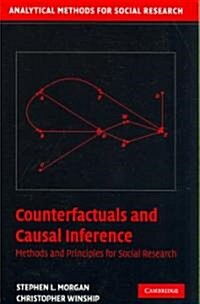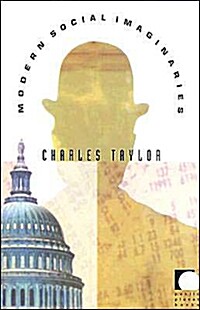
Counterfactuals and causal inference: methods and principles for social research
- 발행사항
- New York : Cambridge University Press, 2007
- 형태사항
- xiii, 319 p.: ill. ; 23 cm
- ISBN
- 9780521671934
- 청구기호
- 300.1 M849c
- 서지주기
- Includes bibliographical references (p. 291-316) and index
소장정보
| 위치 | 등록번호 | 청구기호 / 출력 | 상태 | 반납예정일 |
|---|---|---|---|---|
이용 가능 (1) | ||||
| 1자료실 | 00013773 | 대출가능 | - | |
- 등록번호
- 00013773
- 상태/반납예정일
- 대출가능
- -
- 위치/청구기호(출력)
- 1자료실
책 소개
The essential features of the counterfactual model of causality for observational data analysis are presented with examples.
목차
Part I. Counterfactual Causality and Empirical Research in the Social Sciences: 1. Introduction; 2. The counterfactual model; Part II. Estimating Causal Effects by Conditioning: 3. Causal graphs, identification, and models of causal exposure; 4. Matching estimators of causal effects; 5. Regression estimators of causal effects; Part III. Estimating Causal Effects When Simple Conditioning Is Ineffective: 6. Identification in the absence of a complete model of causal exposure; 7. Natural experiments and instrumental variables; 8. Mechanisms and causal explanation; 9. Repeated observations and the estimation of causal effects; Part IV. Conclusions: 10. Counterfactual causality and future empirical research in the social sciences.



